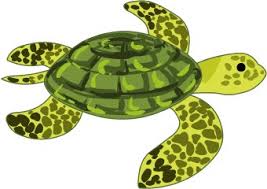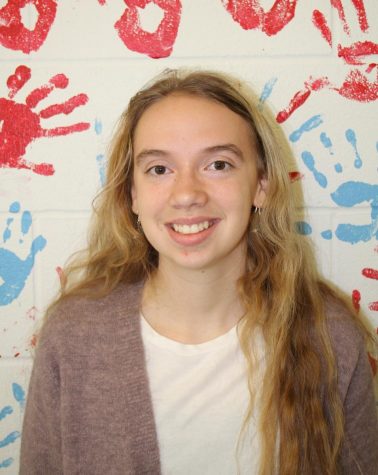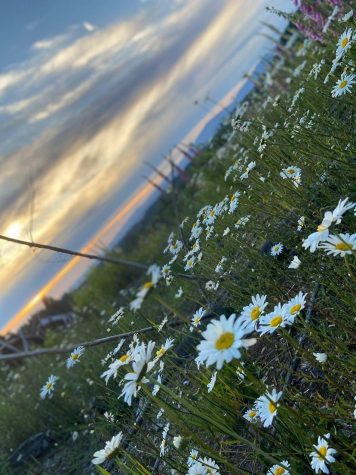Turtle Project

Students in marine science classes are doing a wildlife conservation project about sea turtles. The project involves tracking, learning about these animals, and what threats they face in wild. There are multiple organizations who are studying sea turtles. This class is using the Sea Turtle Conservancy’s program Tour de Turtles.
The marine science teacher at CHS, Pat Deale came across the Sea Turtle Conservancy in one of his news feeds three years ago. Deale said, “Oh I think it’s important. It builds awareness on how fragile the ocean is right now and how fragile the planet is right now. And how people get kinda a personal connection with, say their turtle and if that turtle does well it means the planet is doing well. If that turtle struggles and declines, then that an indication that the planet is doing the same.”
The Sea Turtle Conservancy is based out of Florida but they have projects near the equator. Some of these projects include,
- Tortuguero, Costa Rica-monitoring green sea turtle nest sites on Black Sand Beach
- Chiriqui Beach and Soropta Beach, Panama-program to recover the populations of the Hawksbill and Leatherback sea turtle.
- Bermuda turtle project-studying populations of Juvenile green sea turtles
- Cuba-tracking and tagging populations of the Cuban sea turtle
Some of the technology used to studying these animals are satellite tracking and tagging. Satellite tracking is a type of technology designed for tracking an animal on a map and is used to study the behavior, migration, and migration sites of sea turtles. Tagging is very similar to microchipping in pets. Each tag has a code and when caught researchers will scan to see if the sea turtle has a tag or when someone finds the tag they can return it to the sea turtle conservancy.
The reason these animals are going extinct is because of negative changes from humans. This can range between plastic to climate change.
“I enjoy that we are tracking the turtles in real time and it’s nothing fake like a simulation,” said Cristina Lyngheim, a senior in the class. Lyngheim is tracking a Loggerhead sea turtle and adds, “I learned that the turtle I choose is dedicated to a “home” location & always returns.”

Jilene Jensen has been in journalism for two years. She wants to advocate for those you can’t advocate for themselves, that includes animals and the...





